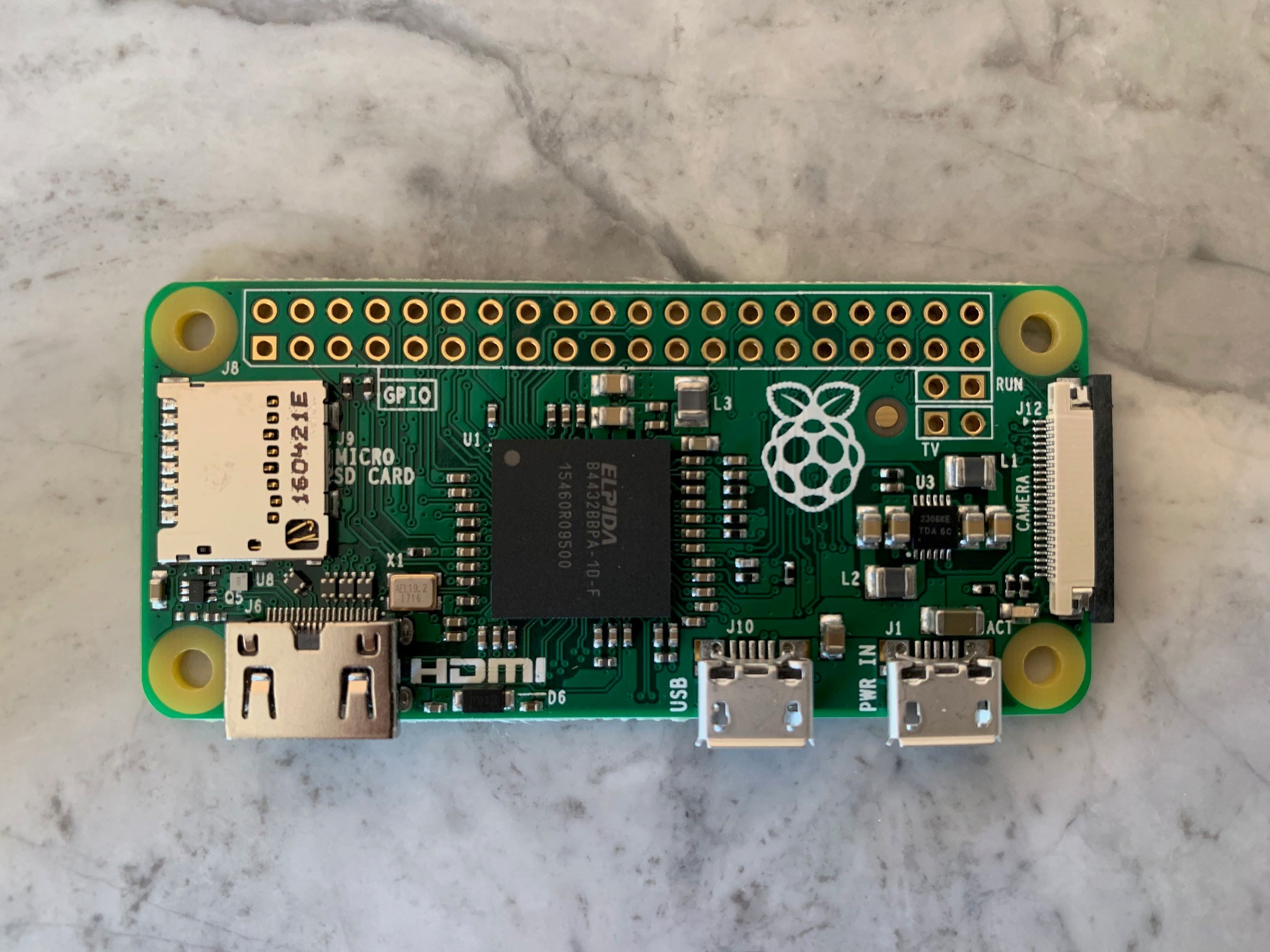

- #MAGIC MIRROR PI INSTALL#
- #MAGIC MIRROR PI FULL#
- #MAGIC MIRROR PI SOFTWARE#
- #MAGIC MIRROR PI PASSWORD#
To enable these globally, open the config.js file in your favorite editor and edit the following lines: language: "en", People in the US will probably want to use imperial instead of metric units as well the English language and a 12 hour clock format. Open a browser on any system and point it to your host IP address and port 8181 like this: Suggested Edits That’s it, your Magic Mirror should be up and running. Using Firewalld: firewall-cmd -permanent -add-port=8181/tcpĬopy the sample config to the new running config. Using iptables: iptables -I INPUT -p tcp -dport 8181 -j ACCEPT
#MAGIC MIRROR PI INSTALL#
Open the firewall to allow access to your new install The last part (bastilimbach/docker-magicmirror) tells the docker command which image to use to build the container. –name magic_mirror (This gives the container a friendly name that can be used for starting/stopping the container)

The first path is the local path to store the data, the second path is the path that is mounted in the container. If we rebuild, the config will not get blown away since it is stored outside of the container.

Then we create 3 volumes, this will allow us to save persistent data on the host hard drive and edit the config and modules for testing. –restart=always (This tells the container to run automatically if docker is started) This will allow us to access the MagicMirror using HOST-IP:8181) –publish 8181:8080 (This maps port 8181 on the host system to the default port 8080 that MagicMirror runs on in the container. Pull the MagicMirror Image and Run the Install docker run -d -publish 8181:8080 -restart=always -volume /home/docker/magic_mirror/css/custom.css:/opt/magic_mirror/css/custom.css -volume /home/docker/magic_mirror/config:/opt/magic_mirror/config -volume /home/docker/magic_mirror/modules:/opt/magic_mirror/modules -name magic_mirror bastilimbach/docker-magicmirrorĭocker run -d (Tells the system to run the image in a container in the background.) If you need instructions for installing Docker on Ubuntu or want to learn more about it, please read our Getting Started with Docker in Linux article.ġ) Enable the docker-ce repo sudo yum-config-manager -add-repo Ģ) Install docker-ce sudo yum install docker-ceģ) Start the docker service sudo systemctl start dockerĤ) Enable the docker server to start it on boot sudo systemctl enable dockerĥ) Add your user to the docker group sudo usermod -aG docker $USER Thanks to another contributor to the project, this was made very easy.įor this tutorial we will be installing Docker on CentOS 7. I figured that I would be able to install it on docker and do some testing before I dove into setting up the pi. Now that we have that out of the way, I was looking for a way to test this out in a docker container. With a growing list of installable modules, the MagicMirror² allows you to convert your hallway or bathroom mirror into your personal assistant. MagicMirror² is an open source modular smart mirror platform. I decided to use Docker to install MagicMirror so I can test the configurations. All I needed was to come across this awesome project call MagicMirror to give me that spark. As it turns out, I happen to have a raspberry pi, old monitor and a few other odds and ends laying around in the office.
#MAGIC MIRROR PI SOFTWARE#
Maybe Blog Statictics or Log can be integrated in the future.Ī huge thanks to Allah for success and I.I have been wanting to build a smart mirror for some time. But there is some really nice magic mirror software available for Raspberry Pi, so I may look at switching over at some point, he muses.Calendar Module with my Family Calendar integrated.compliments Module with my sequenze changed.Frame ist completed, but not with spray painting, rather with wrapping folie, but looks also good.Raspberry PI and Magic Mirror OS 2 Result: Raspbian automatically switches off hardware to save energy.sudo nano /etc/xdg/lxsession/LXDE-pi/autostart.
#MAGIC MIRROR PI FULL#
Ssh The partition created (section of the microSD card that can be used) does not yet correspond to the full storage capacity of the microSD card.
#MAGIC MIRROR PI PASSWORD#
Hostname is magicmirroros (not raspberrypi as default), username: piand inital password is: raspberry



 0 kommentar(er)
0 kommentar(er)
